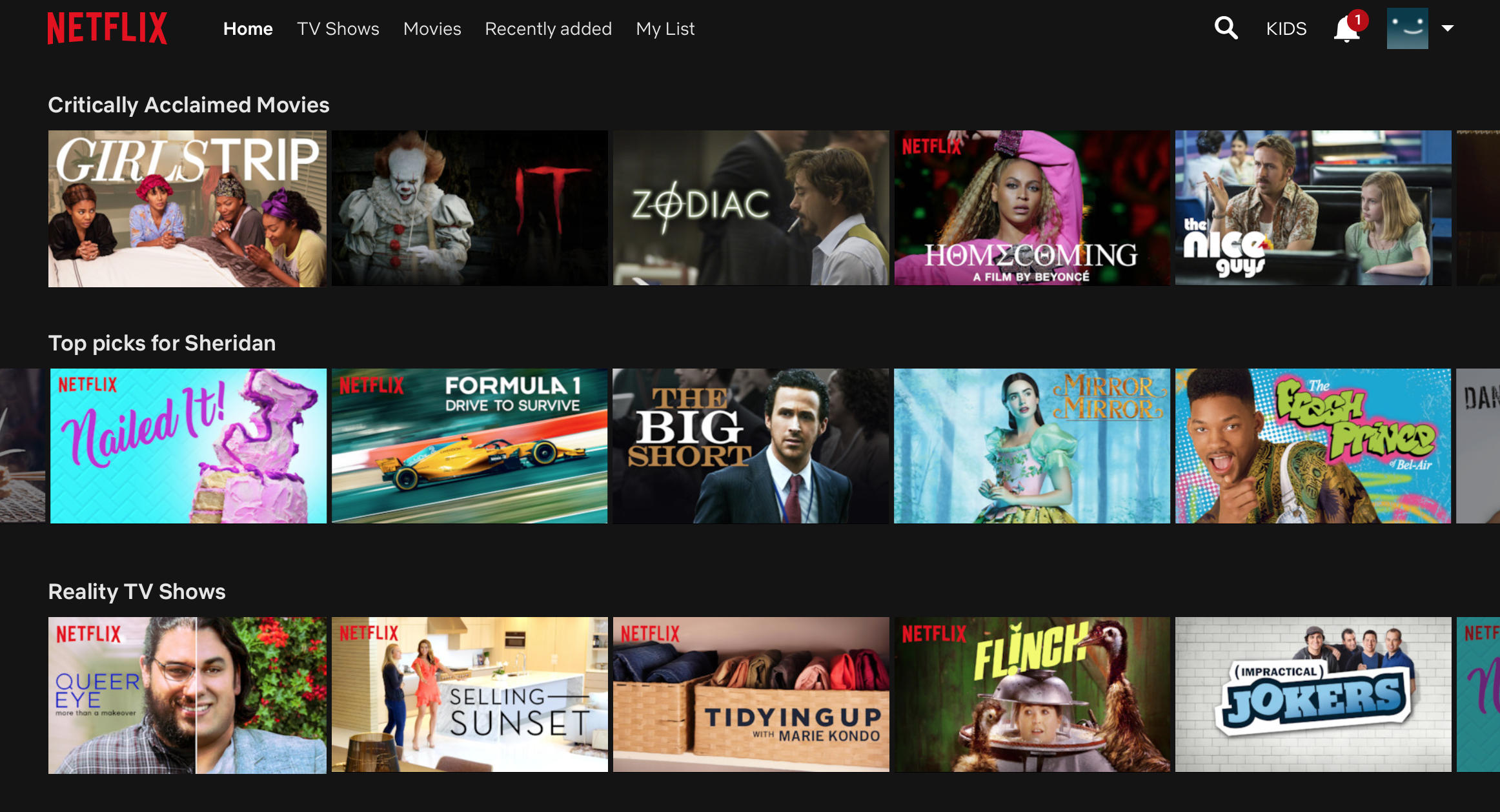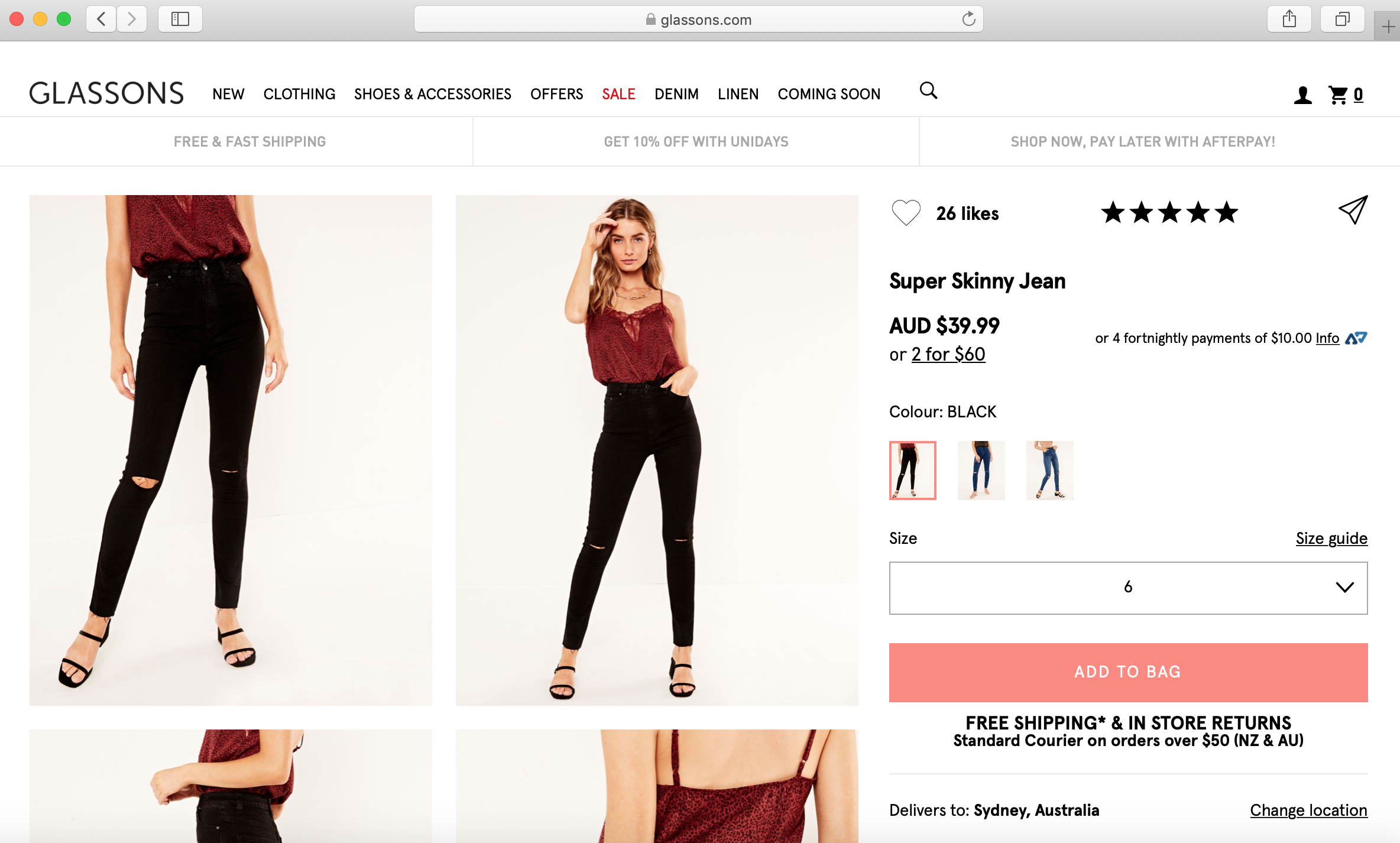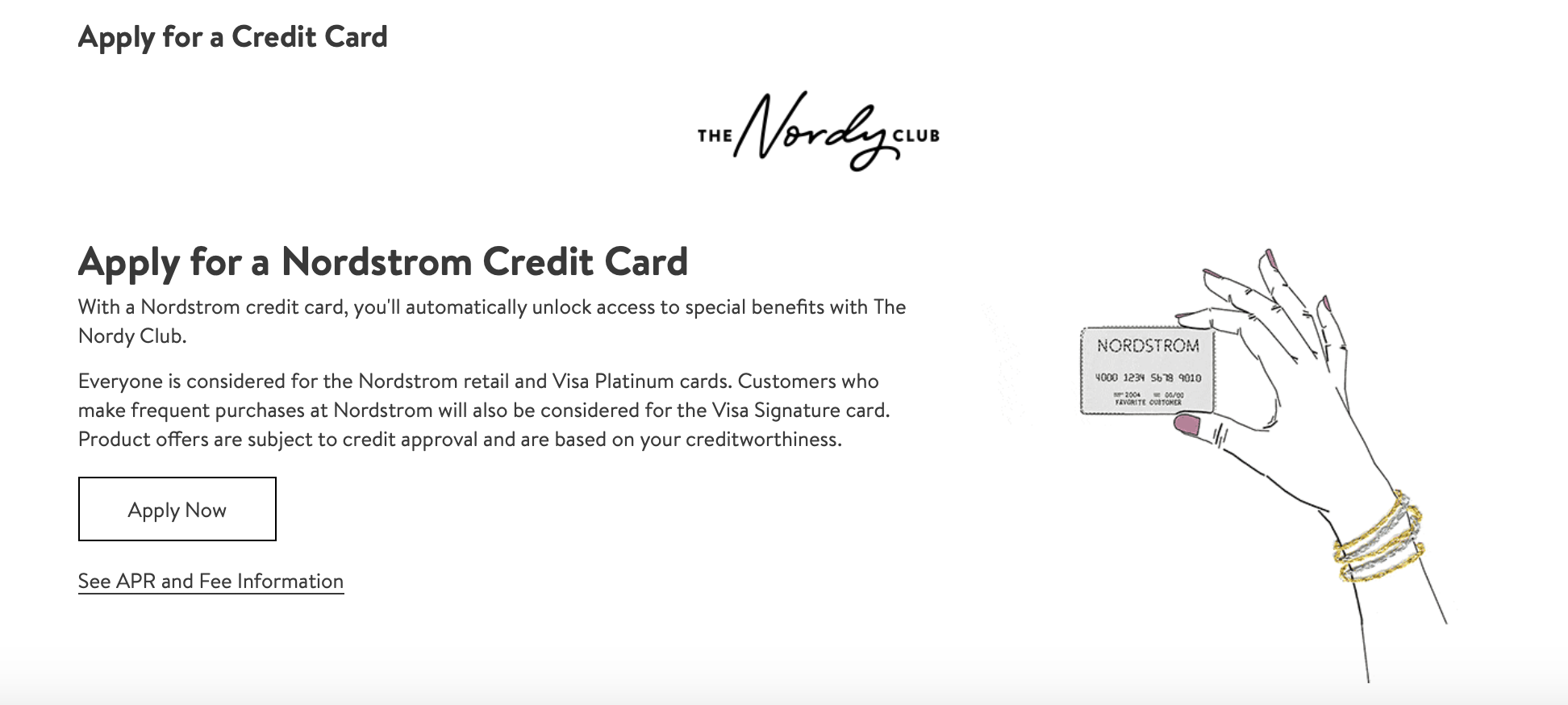Hey everyone, thanks for joining me on my blog again! First of all, how are we already in Week 12 of semester?! It’s seriously gone by so quickly. As you may have noticed, my posts, whilst being diverse in content, have centred around my interests of social media marketing on the rising platform of the digital sphere. So what better way to end the series of posts than by having a chat about, what I think is, one of the most successful social media sponsorships going around in the digital world right now.

SeatGeek, the Web’s largest sporting and entertainment event ticket search engine, has over the past 12 months, successfully been able to reach a new customer base of teenagers and young adults, through partnering with 22-year-old YouTube sensation, David Dobrik. With a whopping 12 million subscribers under his belt on his YouTube channel, David’s sponsorships with SeatGeek has focused attention on the customer perception of their brand, by building their brand image as one of generosity, fun, and loyalty. The diversification of sponsorships across all of David’s social platforms has also helped to increase SeatGeek’s brand awareness.
Probably one of the most infamous sponsorships SeatGeek have done with David Dobrik, is financially aiding David to buy new (and expensive) cars for his closest friends and family. In exchange for approximately 20 seconds of promotion in his 4 minute videos, they have become notorious for bringing tears of joy and excitement to David and his loved ones with the purchase of new cars including brands like Tesla, Ferrari, and Mercedes. Watch the video down below to see the seamless integration of sponsorship and entertainment in one of David’s videos!
With 72% of SeatGeek’s social traffic coming from YouTube, it’s no wonder they continue to frequently sponsor David’s channel! However, this partnership isn’t just limited to Dobrik’s YouTube channel, but also his other social platforms, including his podcast VIEWS with David Dobrik & Jason Nash and his Instagram.
By sponsoring such a large influencer like Dobrik across multiple digital platforms, SeatGeek are able to reach a wide variety of consumers, and thus can aid the audience in perceiving their brand as one generosity as well as fun (linking back to their brand offering of selling tickets for entertainment events). Whether that be buying David’s friends brand new cars or paying off their college tuition, consumers now recognise SeatGeek as a loyal brand in their partnership with Dobrik and influence a highly positive view of who the company is.
Above is a short 3 minute video showcasing a recent merchandise pop-up store SeatGeek sponsored for David. The partnership has become so iconic that one fan stated that, “it’s not David Dobrik without SeatGeek, and it’s not SeatGeek without David Dobrik,” which David later goes on to emphasise fans may feel this way because, “SeatGeek has become like a character in my videos”.
Due to the uniqueness and creativity of this partnership, it’ll be interesting to see if any other brands are able to have similar loyal partnerships with an influencer like this one! Do you guys think this is the start of a new trend in the way brands partner with social media influencers? Let me know in the comments down below!
















